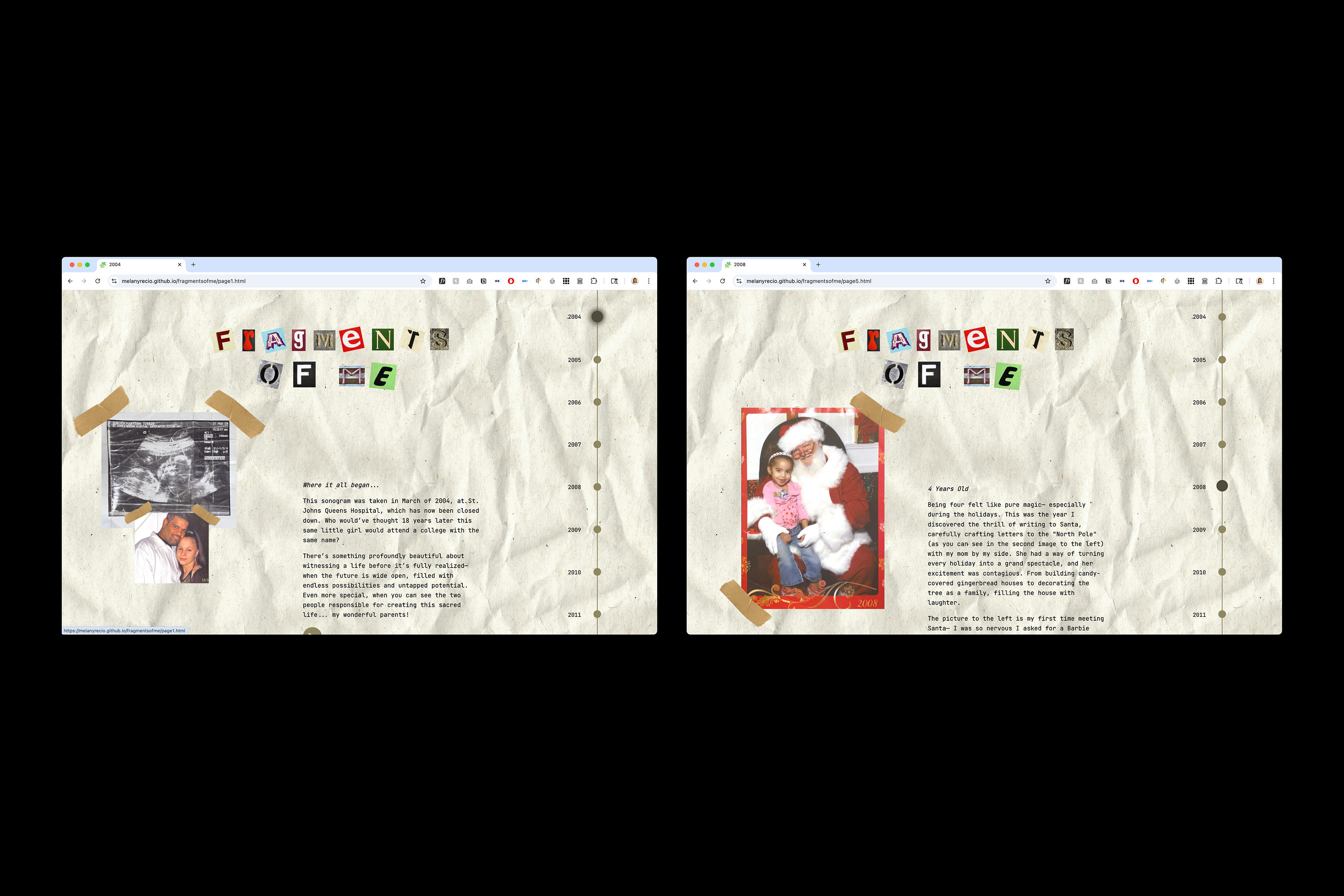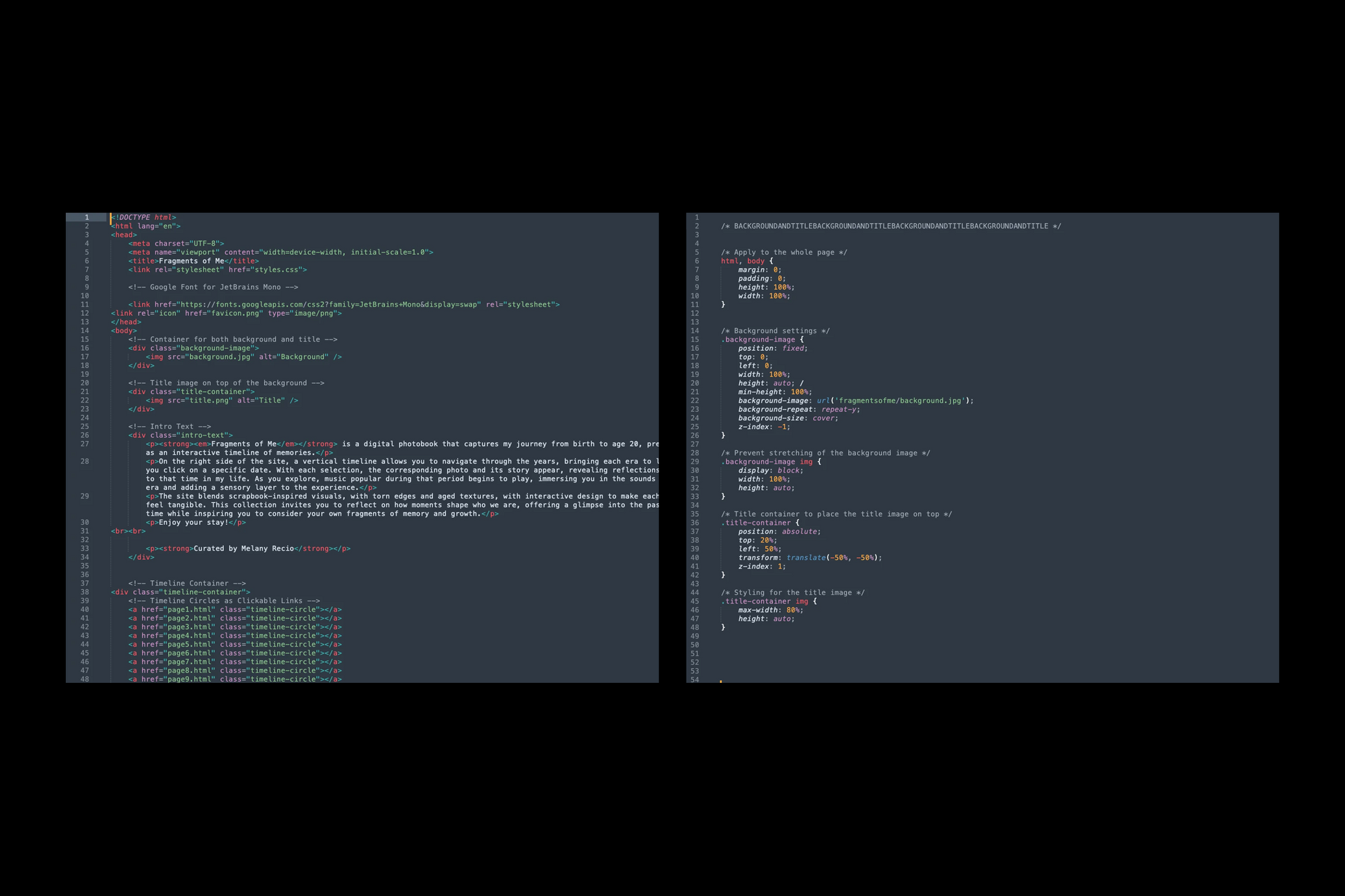Interaction I
This course introduces students to the fundamentals of designing for digital and interactive media, combining core design skills with basic coding literacy. Students learn HTML and CSS (with an introduction to JavaScript/jQuery) as a means of testing and staging interactive design ideas, while applying principles of typography, composition, and color in digital environments. Emphasis is placed on how content is distributed and reshaped by interactive platforms, developing a critical perspective on digital culture, and creating user-centered experiences. Students strengthen their technical competency and their ability to articulate design choices with projects, readings, critiques, and discussions. This prepares them to create thoughtful, intentional work in contemporary interactive contexts.
Platform Poem
After researching platform limitations and affordances, students select a social media platform and create a strategy to remix, fragment, or repackage a public domain text in ways shaped by its interface and audience. They then design an IRL compelling entry point to bring viewers to their transformed work, documenting the process through analysis, sketches, and reflections. The project emphasizes critical awareness of how platforms influence content, strategic audience engagement, and creative experimentation with digital media.





Basic Build
In basic build, students build a multi-page website coded in semantic HTML, using the hyperlink as the core interaction. The goal of the project is to create an experience that guides users through multiple paths and outcomes. The site must include at least 30 pages, provide feedback after each action, and feature clear navigation. After developing the architecture through mapping in Figma, students upload their project to GitHub for version control and critique, developing essential skills in web literacy, typographic hierarchy, and interaction design.



Parts Unknown
Named after the notable TV series, this project challenges students in designing website for a fictional restaurant, exploring how food fosters cultural connection and community. Students create user personas, site maps, and wireframes in Figma before developing a visual identity and high-fidelity designs. They hand-code the site using HTML and CSS, publish via GitHub, and present their work for critique, emphasizing user-centered design and the integration of technical and visual skills to convey the restaurant’s identity.




Collection Site
After a semester of learning code, students are given a “free project” to code a mini-platform website that organizes and showcases a curated collection of their choice. Drawing from practices of archiving, curation, and everyday documentation, students research the nature of their collection, identify attributes for organization, and experiment with how design choices shape audience interaction and interpretation. They apply skills from previous projects to structure links, typography, and navigation, emphasizing how form and interaction can add value to collected content.





